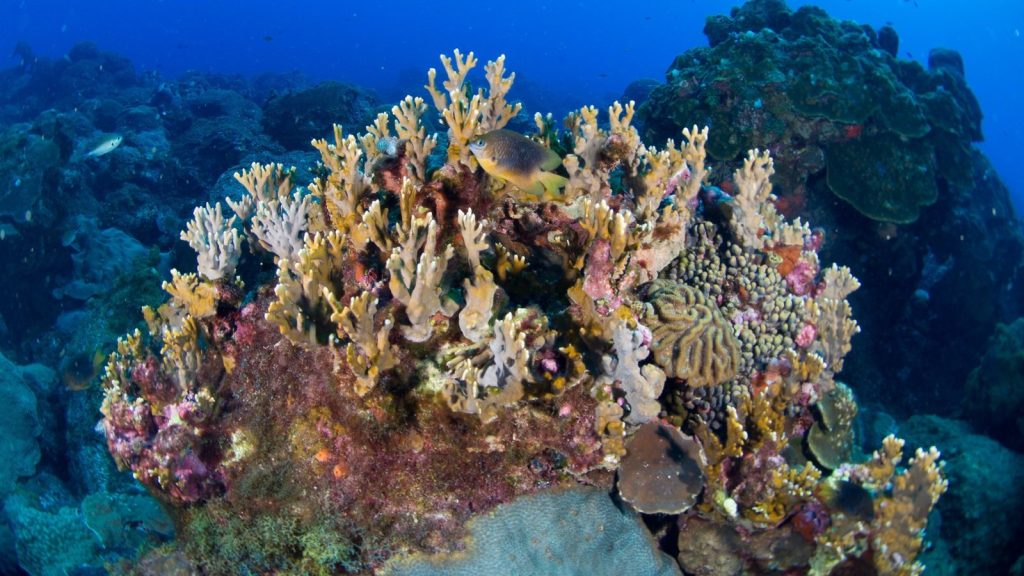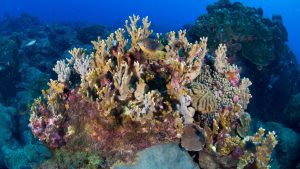
The natural world builds structures that shape life in unique ways. Coral reefs form through living organisms that combine strength with delicate balance. These ecosystems grow from interactions between water, light, and marine species. They provide stability while shaping one of the richest marine systems globally. To learn more about coral’s biome is to understand both growth and survival processes.
How do natural forces shape reef creation?
Natural forces interact to create conditions that sustain reef development. Water movement, light levels, and calcium deposition all play vital roles. These factors combine to form a system that grows over centuries.
Role of symbiotic organisms in reef building
Reef growth depends heavily on organisms living together for mutual benefit. This cooperation drives both stability and ongoing expansion.
- Tiny algae provide energy through photosynthesis to coral organisms
- Corals offer shelter for algae while gaining nutrition in return
- Balanced relationships ensure the stronger survival of reef ecosystems
- Energy production supports the building of hard skeletal layers
- Nutrient cycles within the system promote ongoing reef development
- Mutual dependence strengthens survival across environmental pressures

Importance of water conditions for coral strength
Reefs thrive only under specific water requirements. These conditions maintain structure and ensure natural growth.
- Clear waters allow enough sunlight to reach reef organisms effectively
- Balanced temperatures ensure continuous reef development without stress
- Stable salinity levels protect coral organisms from collapse
- Strong currents bring nutrients that sustain reef-building processes
- Oxygen levels in water ensure the survival of diverse reef species
- Clean surroundings prevent damage from excess harmful substances
Frequently asked questions about reef formation.
Common questions arise about natural processes that create coral reefs. Simple answers help clarify the importance of these systems.
Do reefs grow quickly or over long periods?
Reefs develop gradually and may take centuries to expand.
Are living organisms essential for reef building?
Yes, corals and algae are vital for growth.
Do water conditions directly impact reef survival?
Proper balance ensures reef protection worldwide.
Are reefs important for marine biodiversity?
They support thousands of species across regions.
Do reefs help protect shorelines naturally?
They reduce wave energy and safeguard coasts.
Can human activity slow reef development significantly?
Yes, pollution and warming both harm growth.
Learning more about natural coral systems
To fully understand reef development, it is vital to learn more about the coral’s biome since it reveals the link between organisms and their environment.
Statistics showing impact of coral reef loss
| Cause of Reef Loss | Estimated Global Impact | Consequences on Ecosystems |
| Rising Ocean Temperature | 30 percent decline | Coral bleaching and mass mortality |
| Pollution Levels | 25 percent decline | Reduced water clarity and toxicity |
| Overfishing Pressure | 20 percent decline | Disturbance of natural food chains |
| Coastal Development | 15 percent decline | Habitat destruction and erosion risk |
| Acidification | 10 percent decline | Weakened skeletal formation |
Path toward lasting preservation
Natural processes driving coral reef formation and growth disclose a balance worth caring. These ecosystems safeguard marine life while determining stronger coasts. Their loss would fail both biodiversity and global constancy. To secure their future, awareness and action are necessary. Sustainable choices today can ensure these natural structures continue to prosper.






